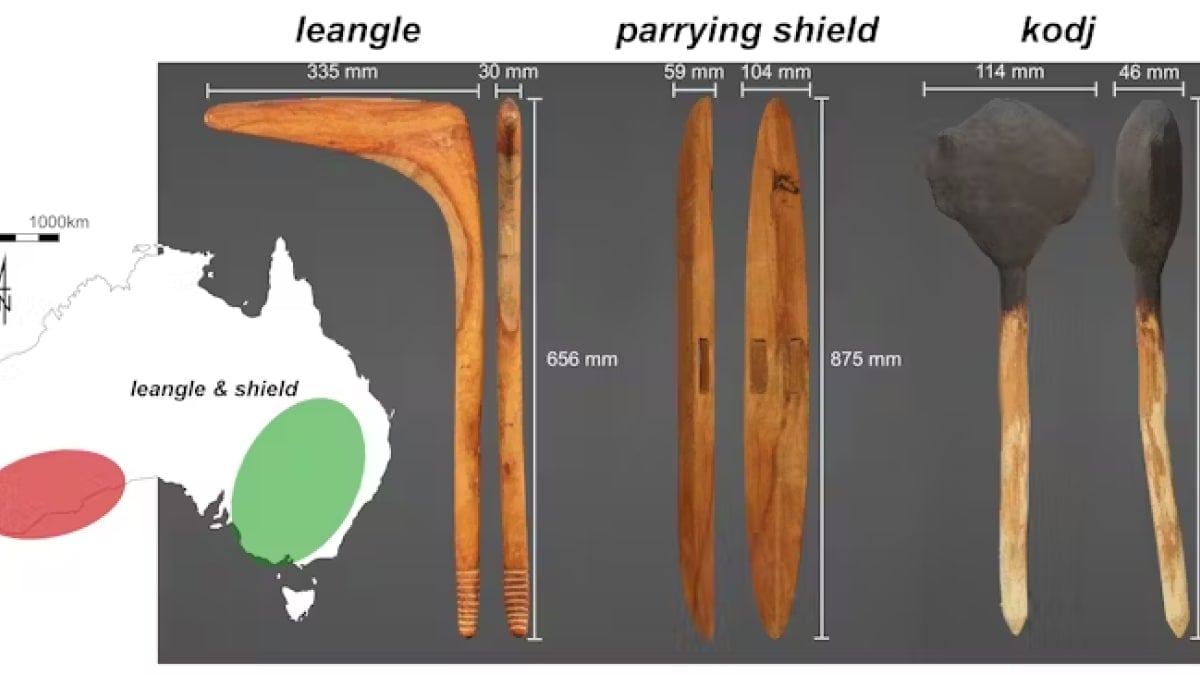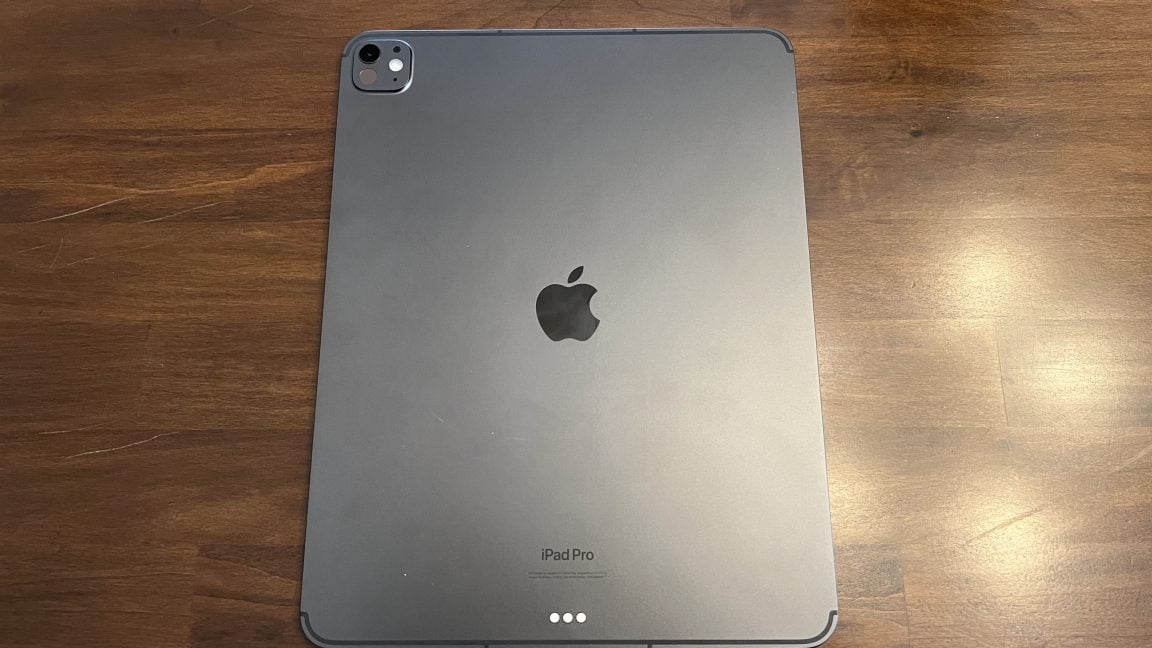In a study on Aboriginal weapons, biomechanics experts have explored the formidable strength and design of two traditional First Nations tools. These weapons, the leangle and kodj, have long been known for their impact, yet this research, as shared in Scientific Reports, sheds new light on the precise dynamics that make them so effective. The kodj, believed to date back tens of thousands of years, displays remarkable versatility with its double-edge structure.
Analysing the Lethality of Iconic Weapons
The research, initiated by the creators of the ABC TV series First Weapons, focuses on the kodj, a hybrid of a hammer and axe from the Nyoongar people of southwest Australia, and the leangle with its matching parrying shield, common in southeastern Australian traditions. With biomechanics tools, researchers analysed the energy and velocity produced in strikes with these weapons. Phil Breslin, series host and combat tester, demonstrated both tools in action to simulate real-life applications.
The Kodj and Leangle: Precision Design
The kodj, believed to date back tens of thousands of years, displays remarkable versatility with its double-edge structure, fashioned from a wattle wood handle and a stone blade, constructed by Larry Blight of the Menang Noongar community. The leangle, paired with a hardwood shield, was crafted by Brendan Kennedy and Trevor Kirby of the Wadi Wadi Country, provides effective defences in close-quarters encounters.
Biomechanics Findings
Testing revealed distinct qualities between the weapons. The kodj offered agility, allowing for dynamic movement and effective blows, while the leangle was particularly devastating in force. This knowledge deepens our understanding of how such weapons supported Indigenous communities, whether in hunting, conflict, or ritualised trials of strength and endurance.
Ancient Aboriginal weaponry continues to be studied for insights into how Indigenous cultures harnessed environmental resources for sophisticated, efficient tool-making. While the human force wielding each weapon was integral, this study demonstrates the impressive technical thought embedded within these ancient designs.
































